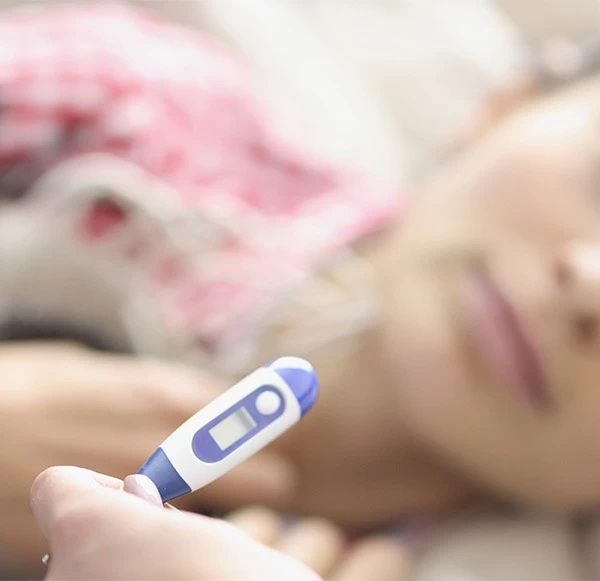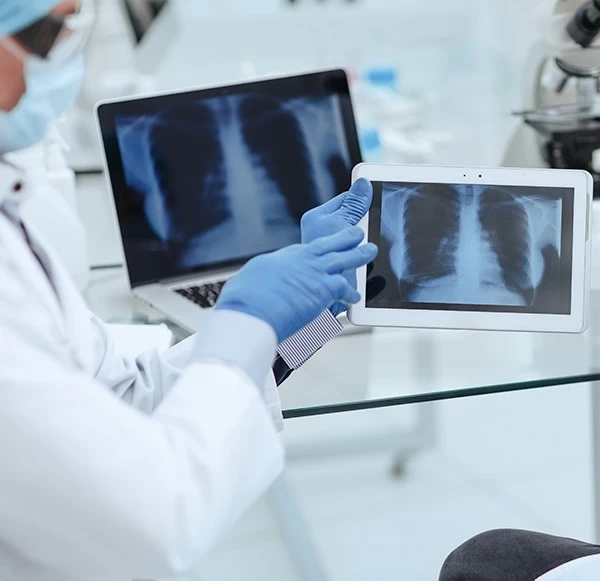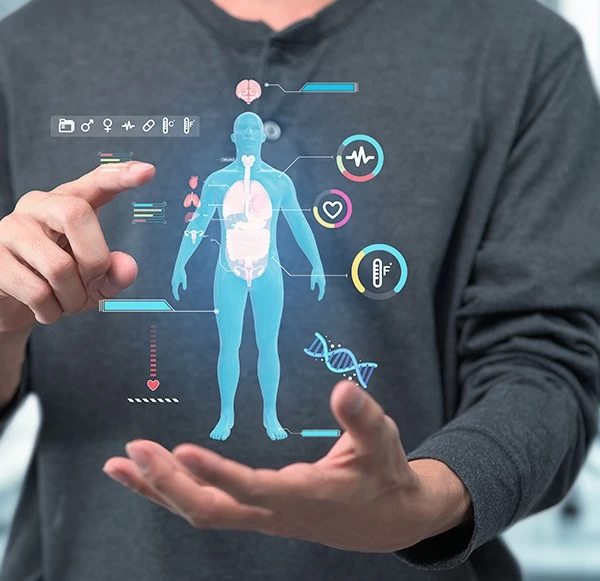- Email Us

Breast cancer does not give a warning signal; it beckons. It may start in silence, deep inside the breast tissue, and grow undetected until it is very hard to treat. Globally, over 2.3 million women are diagnosed with breast cancer every year, making it the most common cancer among women worldwide, according to the World Health Organization. This staggering number underscores the urgent need for widespread awareness and proactive screening. But today, thanks to advancements in medical imaging, we have a powerful tool like digital mammography, which is a game-changer.
This breast imaging methodology is not just a test; it provides a lifeline. Designed to spot the earliest signs of trouble, a digital mammography test is a powerful diagnostic tool. It allows doctors to see what the naked eye and even traditional X-rays can’t see. In a world where timing can mean the difference between a full recovery and a fight for survival, early detection is everything.
So, how do we outsmart breast cancer before it gains ground? The answer is awareness, with action, and with the right screening at the right time.
Let’s explore how digital mammography is changing the future of breast cancer detection—one early diagnosis at a time.
Digital mammography tests work like film mammography, except that they use advanced digital detectors instead of film to obtain high-resolution images of the breast tissue. These digital images give sharper detail so as to show small tumors or changes in dense breast tissue that older films often miss.
This is important in routine breast cancer screening and is highly recommended for women over 40 years. Furthermore, the digital format also makes it easy for the data to be stored, shared, and analyzed, all of which enhance the speed of diagnosis and treatment planning.
Breast cancer is one of the most common cancers among women globally. But here’s the good news: when caught early, it’s highly treatable. This is why regular breast cancer screening is so important.
Mammogram screening, especially with digital technology, helps detect breast cancer even before symptoms appear. Early detection significantly improves survival rates and treatment outcomes.
Digital mammography is a game-changer in how to detect breast cancer early. Here’s why:
Knowing when to start and how often to undergo breast cancer screening mammograms depends on your age and risk factors:
In addition to digital mammography, women should also get regular Pap smears to screen for cervical cancer. Both are essential tools in women’s preventive care:
At Mahajan Imaging & Labs, we offer both tests with the highest precision and care, using cutting-edge equipment and expert radiologists to ensure accurate results and peace of mind.
The advancement in technology has given way to more powerful options for breast cancer screening. The methods of 3D mammography (tomosynthesis), contrast-enhanced mammograms, and advanced MRIs have greatly altered the way breast cancer is diagnosed. The purpose of these latest breast imaging technologies includes further reduction of false positives and refinement of early diagnosis, particularly in women at higher risk.
At Mahajan Imaging & Labs, we have made it our own goal to remain ahead of the curve through the adoption of these innovations for the benefit of our patients.
Yes. Digital mammography provides clearer, more accurate images and is especially effective for women with dense breasts.
Women aged 45–54 should get screened yearly. After 55, you can opt for biennial screening or continue annually.
You may feel some mild discomfort owing to compression, but it takes just a few seconds and is fairly well-tolerated.
Follow-up tests, like ultrasound or biopsy, might be required. Don't panic-many abnormalities are non-cancerous.
Dense breast tissue means there is more fibrous or glandular tissue and less fatty tissue in the breast. It can make it harder to detect cancer on a mammogram and may slightly increase the risk of breast cancer.
Yes. Most women diagnosed with breast cancer have no family history of the disease. Regular mammograms are important for all women starting at the recommended age, regardless of family history.
While mammography is the most effective and widely used screening method, other tools like breast ultrasound and MRI may be used based on individual risk factors and breast density. Your doctor can help decide the best screening approach for you.
You can book your test with us through our website, WhatsApp, or by calling our customer care. For quick and easy booking, you can chat with us on WhatsApp at +91 88828 97661 or speak directly to our support team at +91 11 4118 3838. We offer both in-centre testing and home sample collection, ensuring flexibility and convenience based on your preference.
Visit us at mahajanimaging.com to schedule your appointment or learn more about our preventive health packages.




